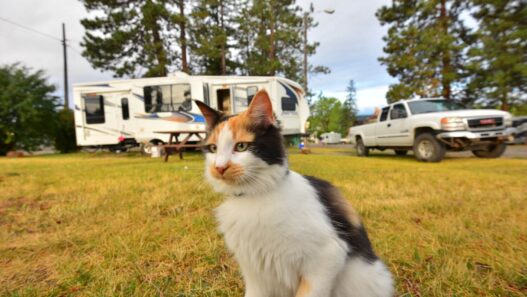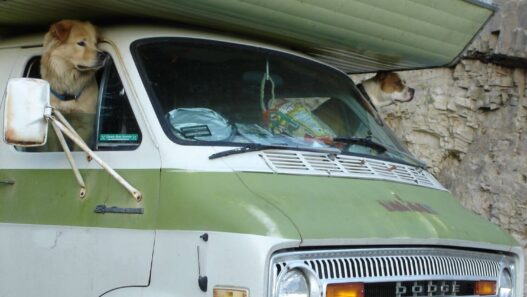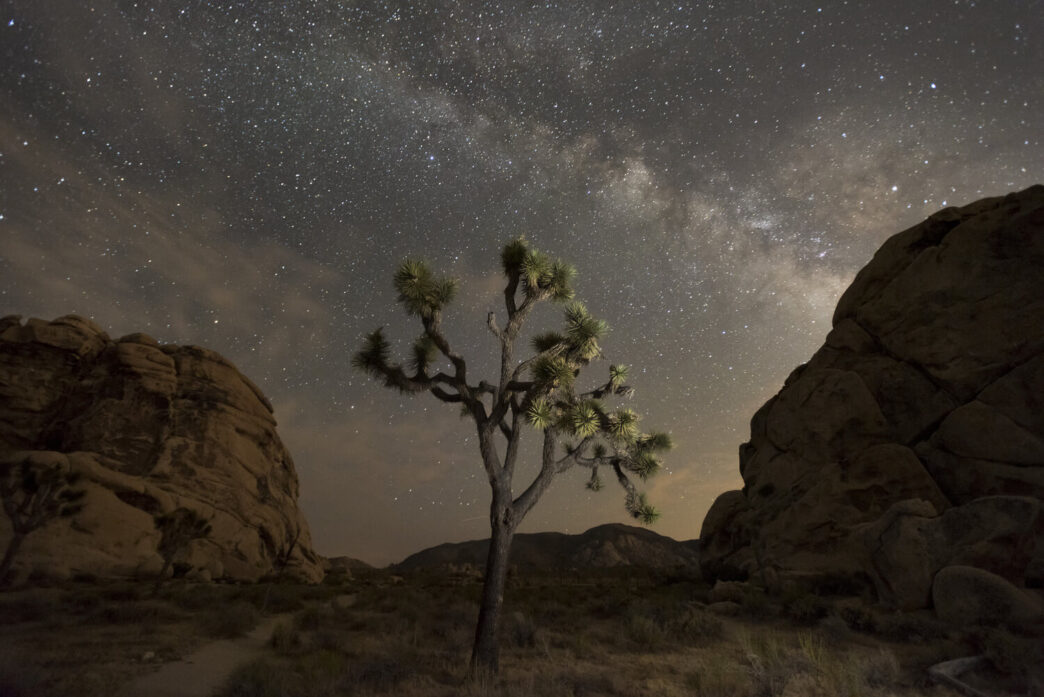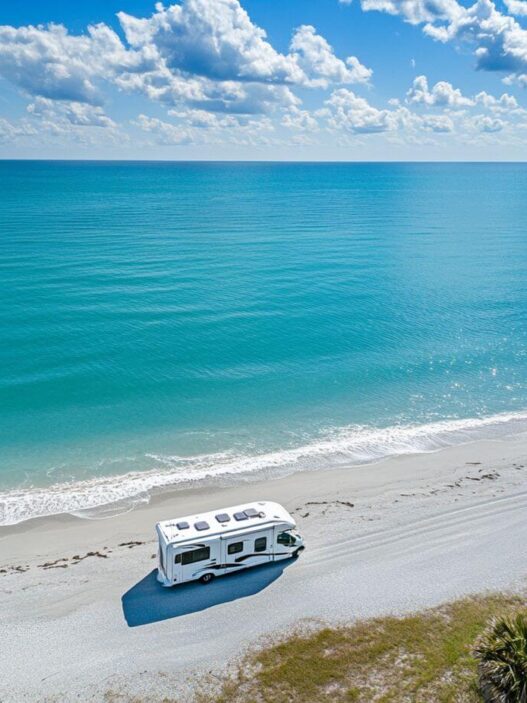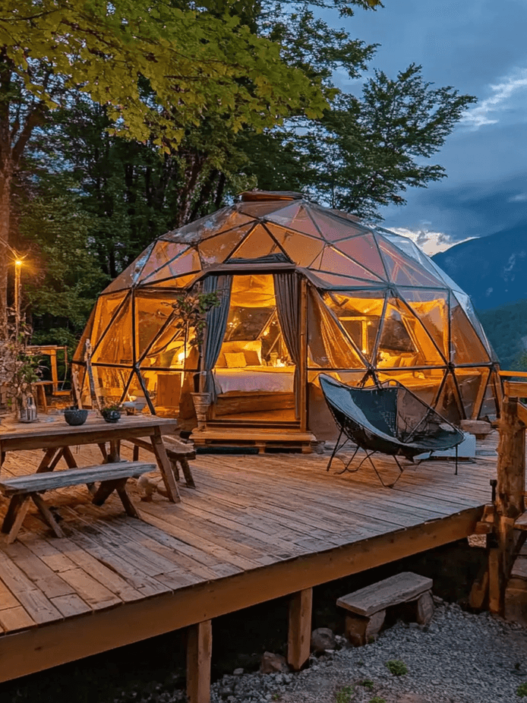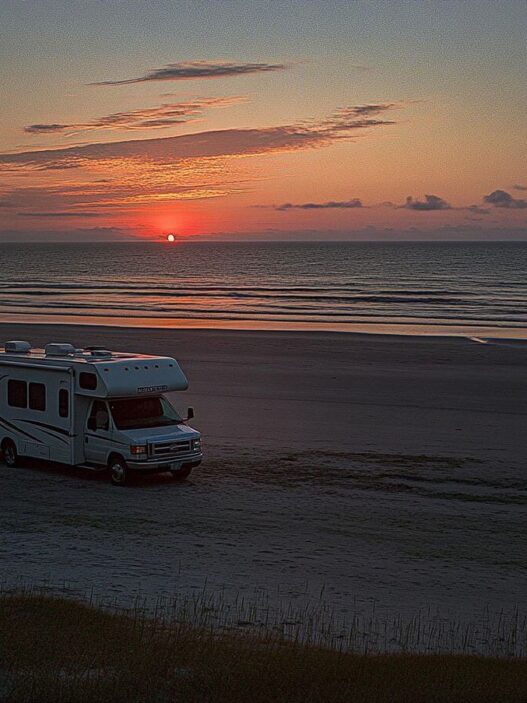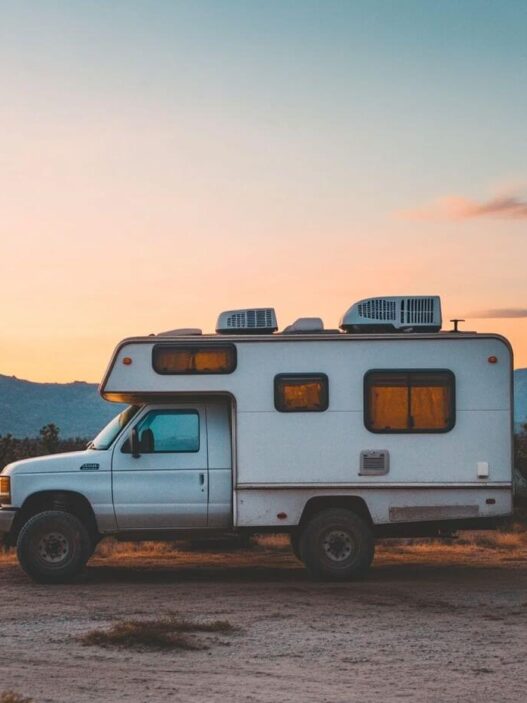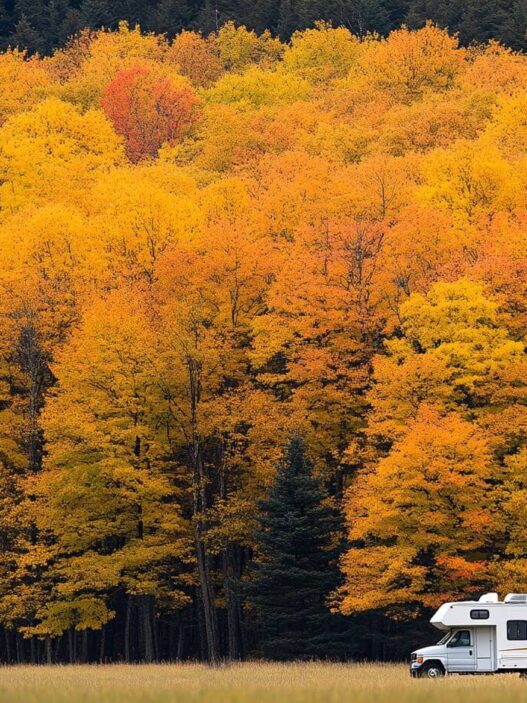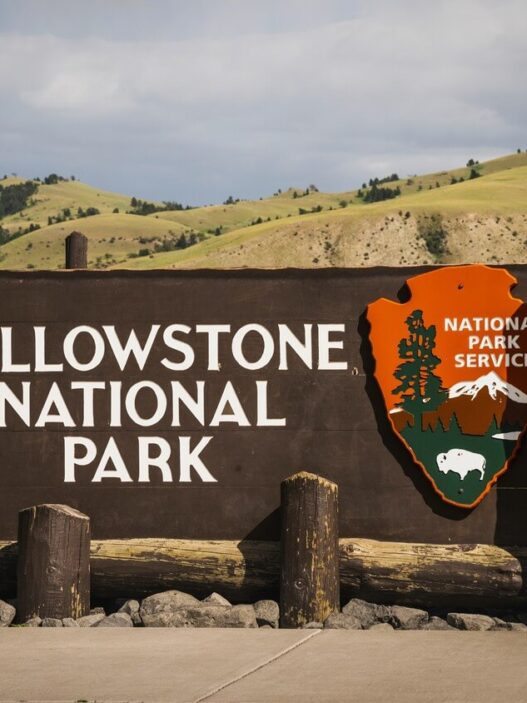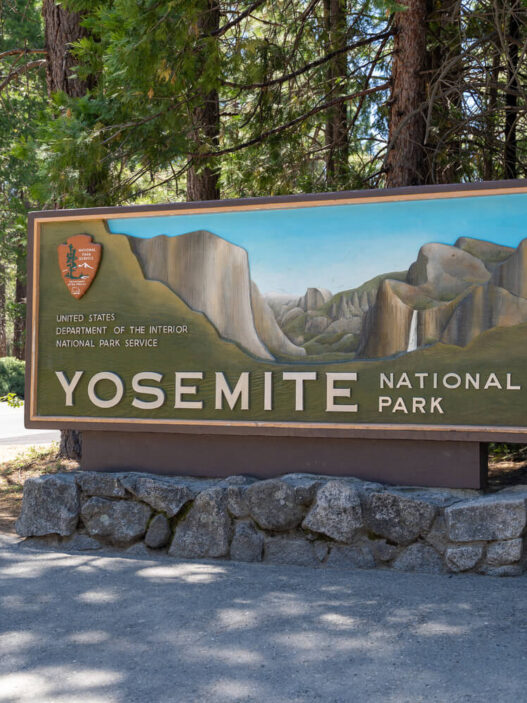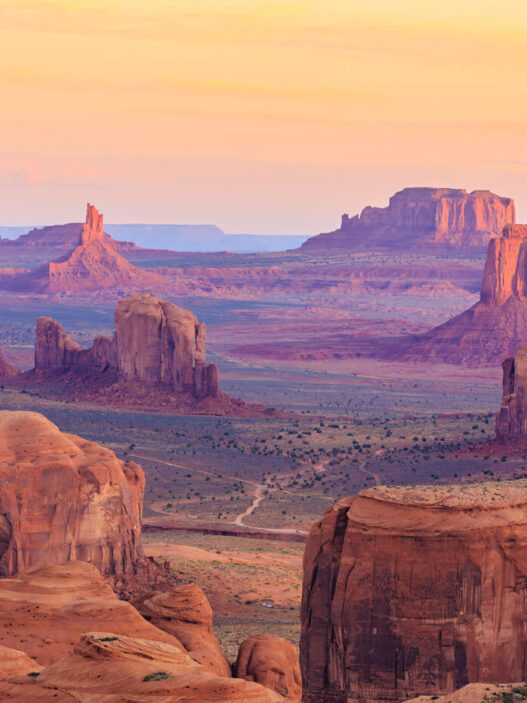There’s something magical about looking up at a sky full of stars while surrounded by the peaceful sounds of nature. Camping in dark sky locations offers a chance to reconnect with the universe in its full glory, from the sweeping arm of the Milky Way to distant planets and shooting stars.
Let’s look at some of the best places in America where you can pitch your tent and witness the cosmos in all its splendor.
1. Cherry Springs State Park, Pennsylvania
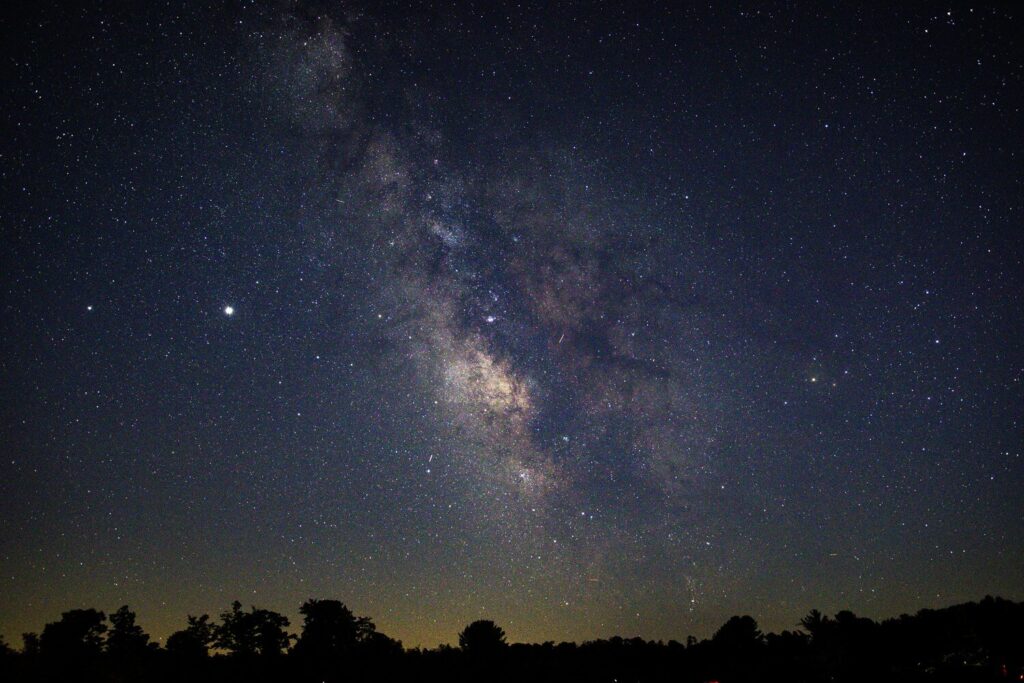
Located in the remote northern Pennsylvania mountains, Cherry Springs State Park sits atop a 2,300-foot mountain surrounded by the Susquehannock State Forest. As a Gold Level International Dark Sky Park, it offers some of the darkest skies on the eastern seaboard and is widely considered a national treasure for stargazers.
The park features two distinct viewing areas. The Overnight Astronomy Observation Field caters to serious astronomers with concrete telescope pads, electricity access, and strict lighting restrictions (all lights must use red filters). Meanwhile, the Night Sky Public Viewing Area welcomes casual visitors for shorter stargazing sessions. On clear nights, the Milky Way is so bright it casts shadows, and visitors can see up to 10,000 stars without equipment.
For optimal viewing, plan your visit during fall or winter when humidity is lower and night hours are longer. The park hosts special astronomy events twice yearly (the Cherry Springs Star Party in June and the Black Forest Star Party in September. Camping reservations at the park’s 30 sites should be made 4-5 months in advance, especially during new moon phases when skies are darkest.
2. Natural Bridges National Monument, Utah
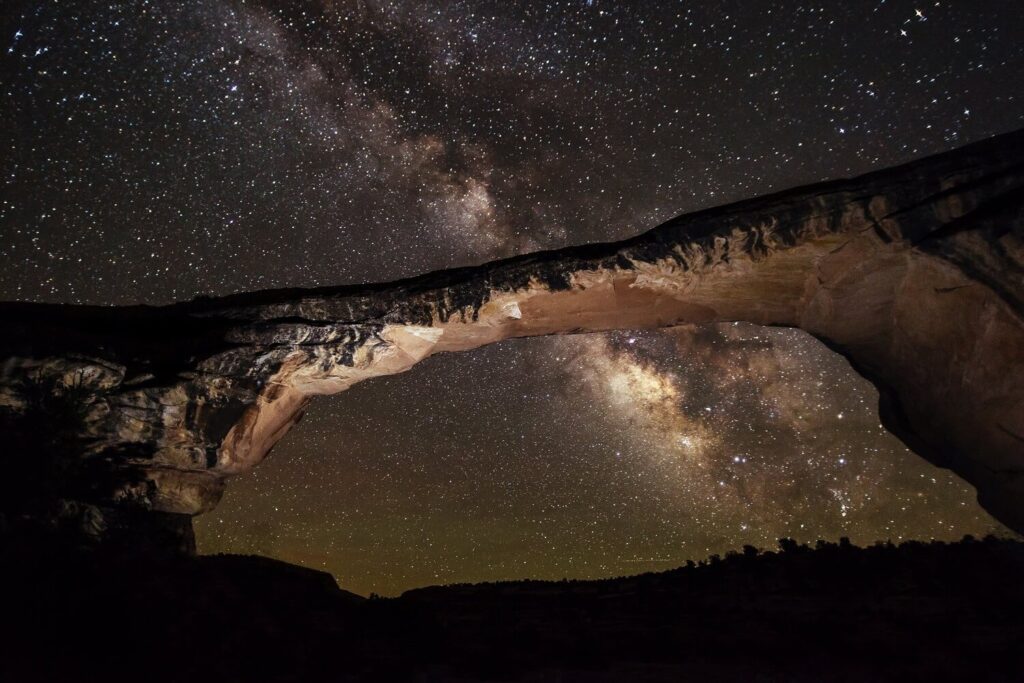
As the world’s first designated International Dark Sky Park (certified in 2007), Natural Bridges National Monument offers extraordinary stargazing opportunities in the heart of Utah’s canyon country. Located in the sparsely populated southeastern corner of Utah on the Colorado Plateau, its remote setting creates perfect conditions for celestial observation with almost zero light pollution.
The monument’s namesake bridges provide stunning foreground elements for night photography. Owachomo Bridge is particularly popular for capturing the Milky Way arching above the sandstone formation. According to the National Park Service, you can see up to 15,000 stars here compared to fewer than 500 in urban environments, creating a breathtaking contrast between ancient rock formations and the eternal cosmos.
The 13-site campground is available on a first-come, first-served basis at $16 per night. Summer offers the best viewing conditions with mild temperatures and clearer skies, though planning your visit around the new moon phase will maximize visibility. During summer months, rangers offer astronomy programs where visitors can use telescopes and learn about the night sky.
3. Death Valley National Park, California
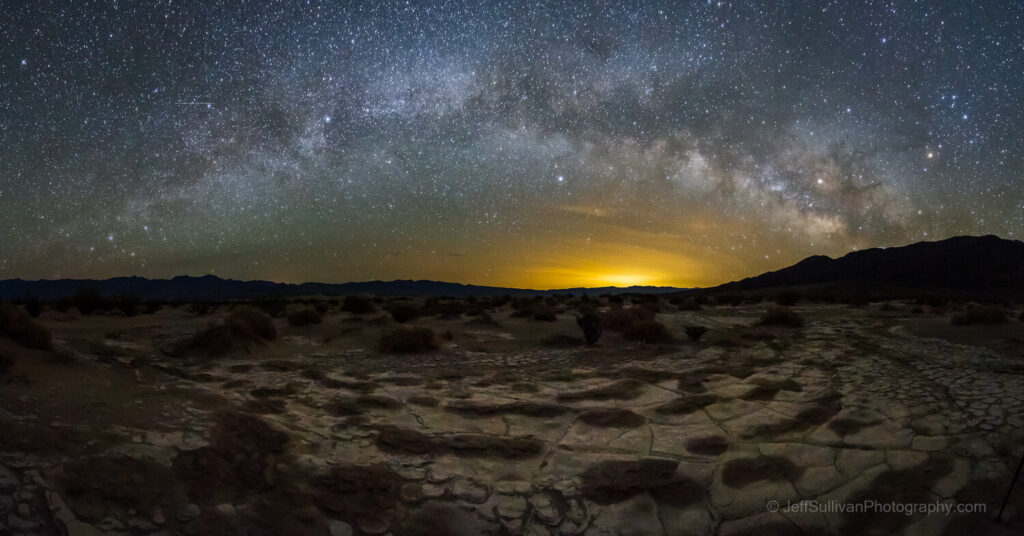
Despite its ominous name, Death Valley National Park is vibrantly alive with astronomical wonders. As a designated International Dark Sky Park and the largest Dark Sky Park in the country, its 3.4 million acres offer incredible opportunities to escape light pollution.
The park’s extreme desert environment, with its minimal moisture and low-lying vegetation, creates exceptionally clear viewing conditions. Popular stargazing locations include Badwater Basin, Mesquite Flat Sand Dunes, and Harmony Borax Works. The salt flats and desert landscapes provide otherworldly foregrounds for night photography.
Furnace Creek, Sunset, Texas Spring, and Stovepipe Wells campgrounds offer convenient bases for overnight stays. While summer temperatures can be dangerously hot, winter and spring provide ideal conditions for combining comfortable camping with spectacular astronomical viewing.
4. Big Bend National Park, Texas
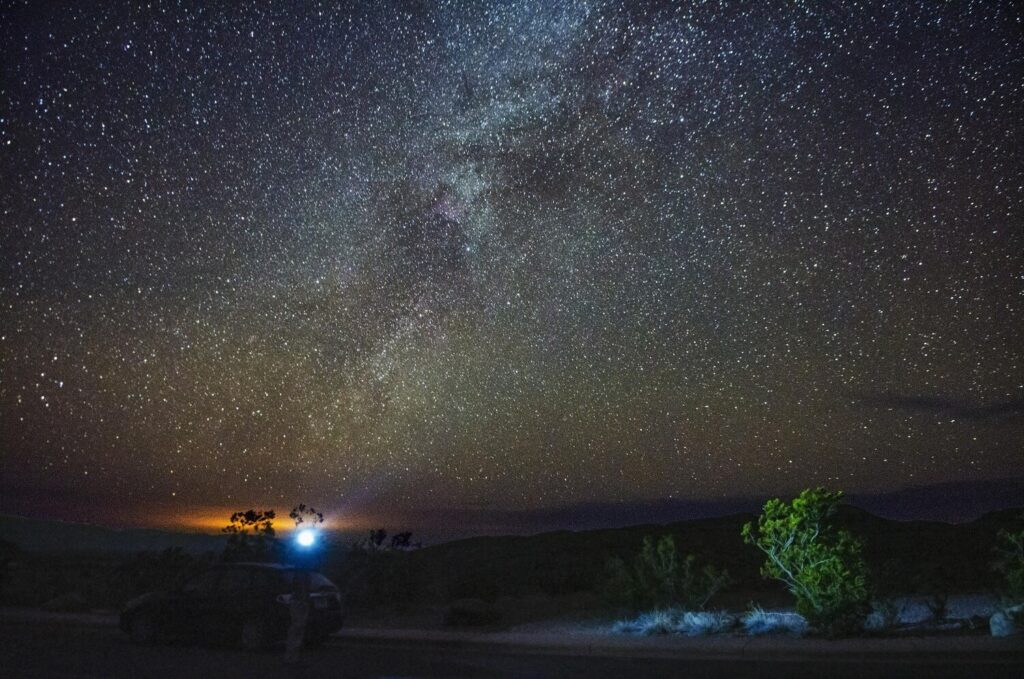
Tucked away in the remote corner of southwest Texas along the Mexican border, Big Bend National Park boasts some of the darkest skies in the continental United States. The park proudly holds Gold Tier status from the International Dark Sky Association, indicating pristine, near-perfect night sky conditions.
The combination of low humidity, minimal light pollution, and high elevation creates extraordinary visibility. On clear nights, you can see thousands of stars, planets, satellites, and even the Andromeda Galaxy with the naked eye. The park regularly hosts night sky programs and star parties at various locations.
With multiple campgrounds like Chisos Basin, Rio Grande Village, and Cottonwood offering different elevations and landscapes, you can choose your ideal stargazing environment. Spring and fall provide the most comfortable temperatures for camping, though winter offers the clearest skies if you’re prepared for cold nights.
5. Glacier National Park, Montana
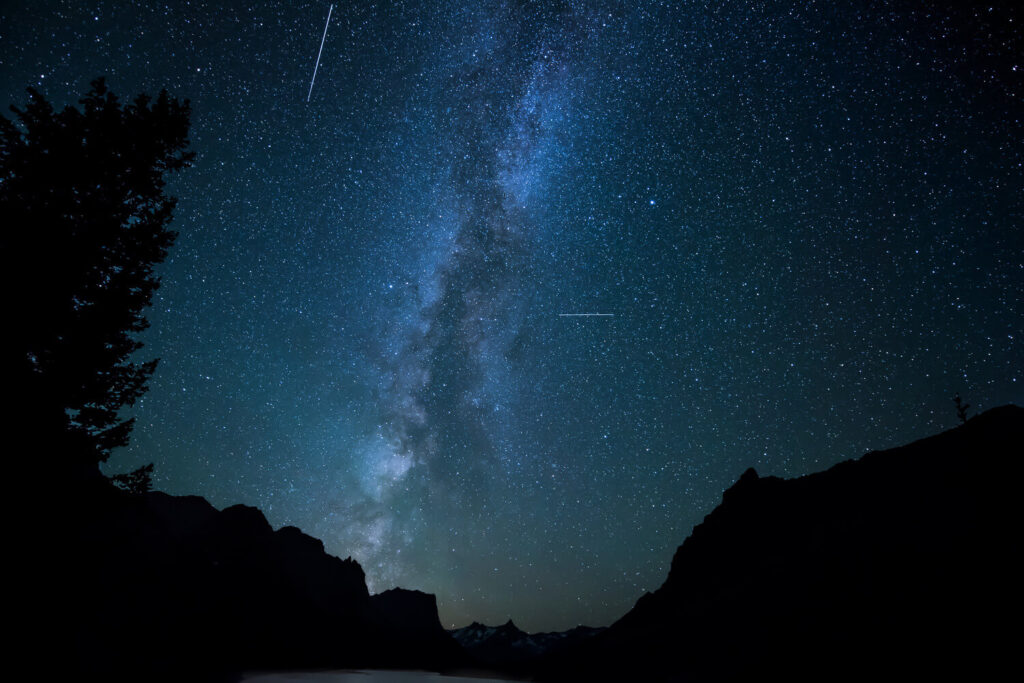
While Glacier National Park is renowned for its spectacular mountain scenery and wildlife, its night skies are equally impressive. The park’s remote location along the Canadian border and efforts to minimize light pollution have preserved exceptional dark sky conditions.
Many of the park’s high-elevation viewpoints, like Logan Pass and the shores of Lake McDonald, offer expansive views of the night sky framed by dramatic mountain silhouettes. The reflections of stars on the park’s glacial lakes create double the celestial beauty.
The park maintains 13 campgrounds with varying amenities, but for the best stargazing, consider more remote options like Bowman Lake or Kintla Lake in the North Fork area. The best viewing season runs from late summer to early fall when skies are typically clearest. Winter camping is possible for the adventurous but requires significant preparation.
6. Mauna Kea, Hawaii
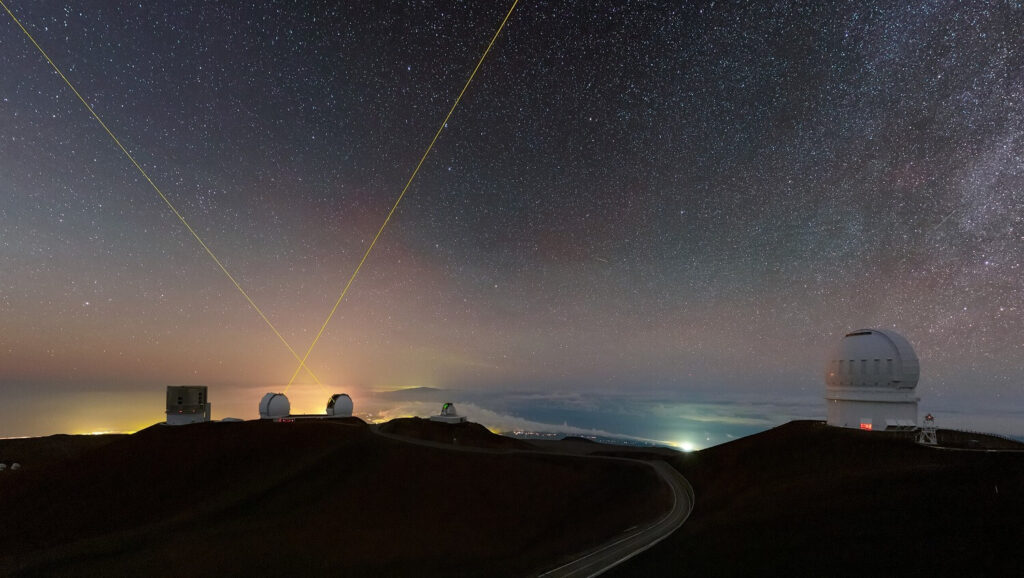
Rising 13,803 feet above the Pacific Ocean on the Big Island of Hawaii, Mauna Kea offers what many astronomers consider the finest stargazing conditions on Earth. Its high elevation places you above much of the atmosphere and moisture, revealing stars with exceptional clarity and brightness.
While overnight camping isn’t permitted on the summit itself (home to 13 international observatories), the Visitor Information Station at 9,200 feet hosts free nightly stargazing programs. For camping, you’ll have plenty of spots in the surrounding forest reserves.
The view from Mauna Kea is truly unique, offering perspectives of both northern and southern hemisphere constellations. The best viewing periods typically coincide with new moons, and you’ll want to bring warm clothing even in Hawaii, as temperatures at this elevation drop significantly after sunset.
7. Joshua Tree National Park, California
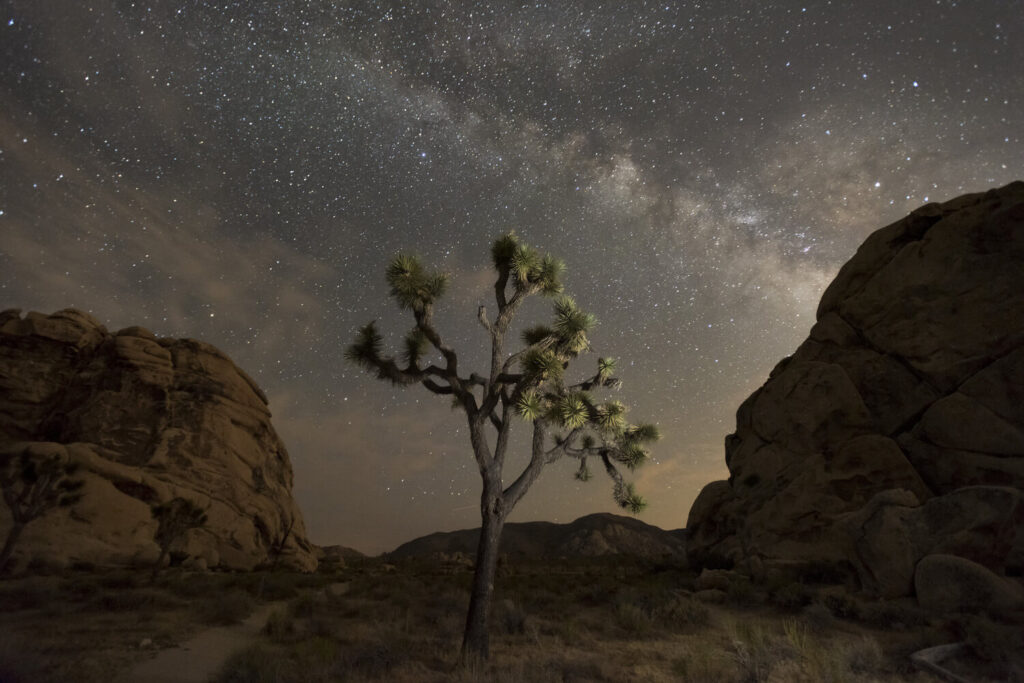
Where the Mojave and Colorado deserts meet, Joshua Tree National Park creates a surreal landscape that becomes even more magical under starlit skies. The park’s bizarre rock formations and distinctive Joshua trees create unforgettable silhouettes against the cosmic backdrop.
With minimal development and distance from major cities, the park enjoys limited light pollution, especially in its eastern sections. Popular stargazing spots include Skull Rock, Arch Rock, and Keys View, where you can often see the Milky Way stretching horizon to horizon.
The park offers nine campgrounds with varying amenities, but for serious stargazers, the more remote sites like Jumbo Rocks, White Tank, and Belle campgrounds offer darker skies. Spring and fall offer ideal conditions, balancing comfortable temperatures with good visibility, while summer brings meteor showers but also heat.
8. Acadia National Park, Maine
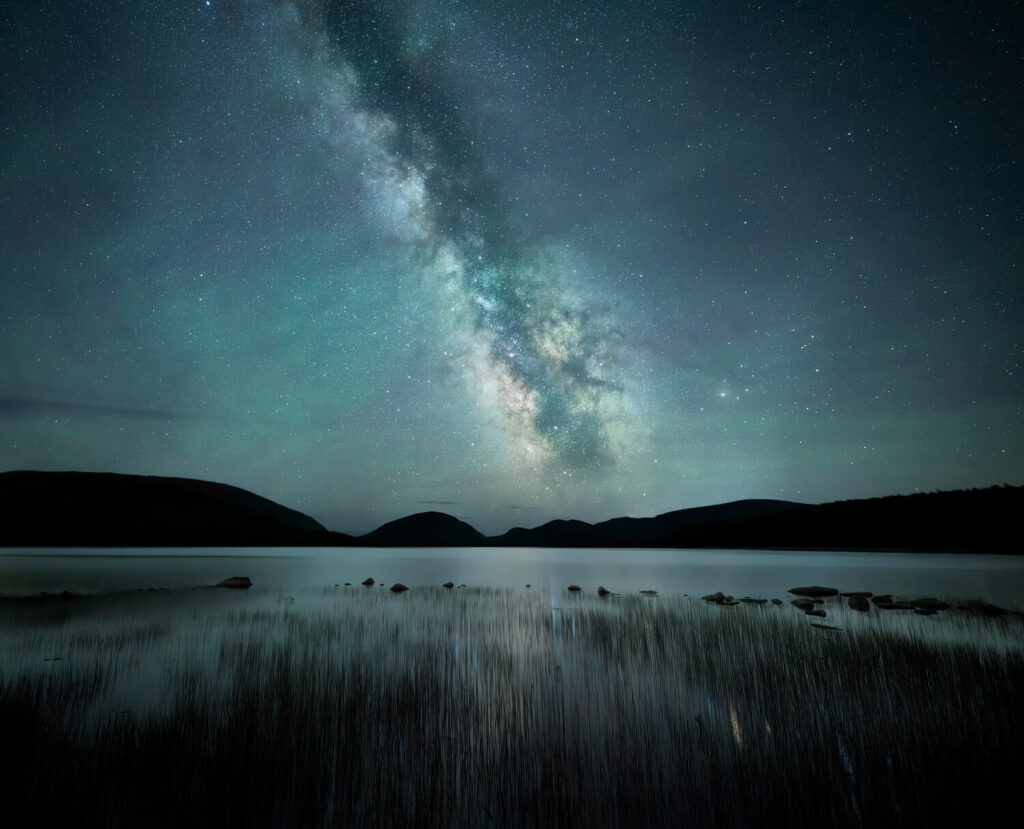
As one of the first places in the United States to see the sunrise, Acadia National Park on Maine’s rugged coast also offers spectacular opportunities to witness the stars. The park actively works to preserve its night skies and hosts the popular Acadia Night Sky Festival each September.
Cadillac Mountain, the highest point on the North Atlantic seaboard, provides an excellent vantage point for stargazing, with 360-degree views of both the cosmos and the surrounding ocean and forests. The rocky coastline also offers unique perspectives, with stars and planets reflecting off the Atlantic.
Blackwoods, Seawall, and Schoodic Woods campgrounds provide overnight accommodations within the park. Late summer and early fall typically offer the clearest skies, though you’ll want to pack accordingly for New England’s often unpredictable weather conditions.
9. Great Basin National Park, Nevada
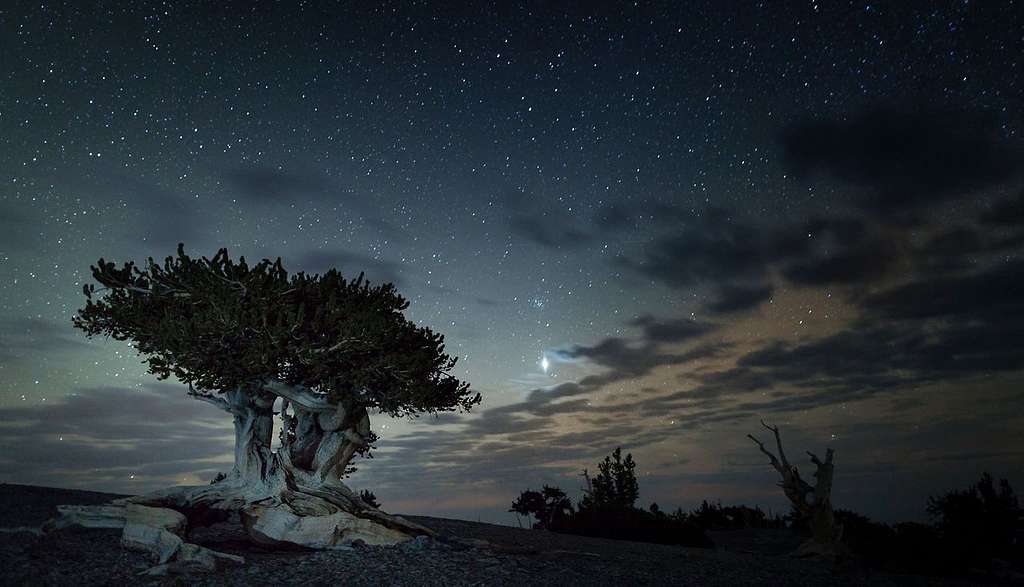
In the remote eastern Nevada wilderness, Great Basin National Park has earned a reputation as one of America’s last true dark sky sanctuaries. The combination of high desert air, high elevation, and extreme isolation from urban centers creates extraordinary stargazing conditions.
The ancient bristlecone pine forests and limestone caves of the park feel even more primeval under the blanket of stars. Wheeler Peak, at 13,063 feet, offers ambitious hikers incredible summit views of the cosmos, while the park’s lower elevation sites host regular astronomy programs.
The park maintains several campgrounds, including Wheeler Peak, Upper Lehman Creek, and Grey Cliffs, all offering excellent night sky access. Summer and early fall provide the most comfortable camping conditions, though high elevation means cool nights year-round.
10. Headlands International Dark Sky Park, Michigan
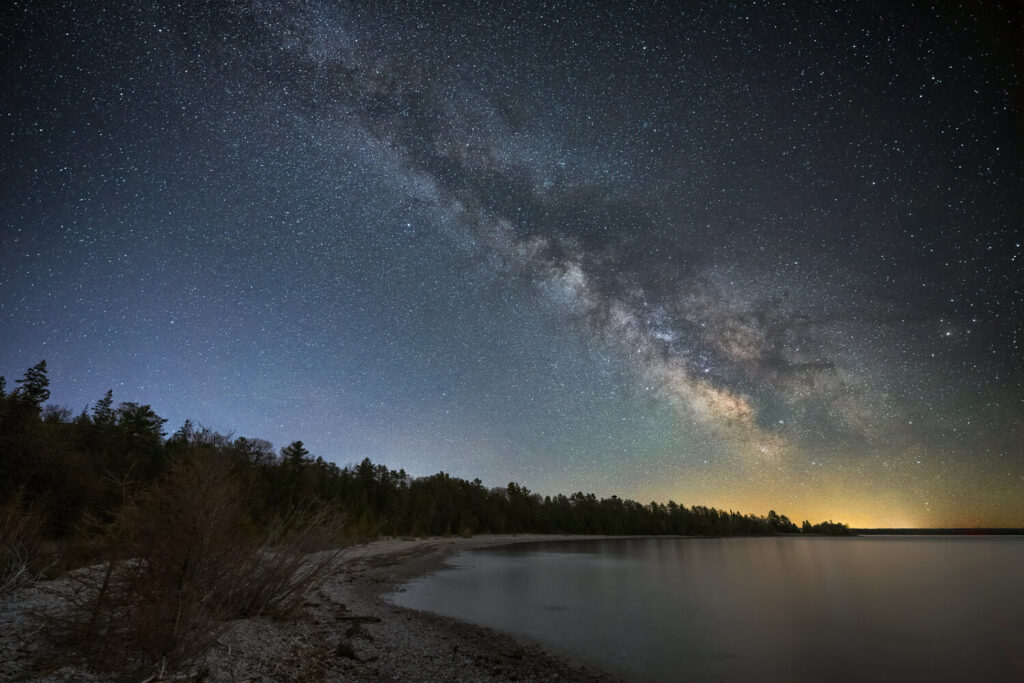
Located along the shoreline of Lake Michigan near Mackinaw City, the Headlands International Dark Sky Park offers a unique stargazing experience where dark skies meet the Great Lakes. This 600-acre park sits on the Straits of Mackinac, providing unobstructed views of the northern night sky.
What makes this location special is the opportunity to see the Northern Lights when conditions are right, typically during spring and fall. The combination of aurora borealis, stars, planets, and their reflections on Lake Michigan creates truly magical viewing experiences.
While overnight camping isn’t permitted within the park itself, several excellent campgrounds are located nearby, including Wilderness State Park and Mill Creek Campground. The best stargazing typically occurs from late spring through early fall, though winter offers the darkest skies for those prepared for Michigan’s cold conditions.
11. Voyageurs National Park, Minnesota
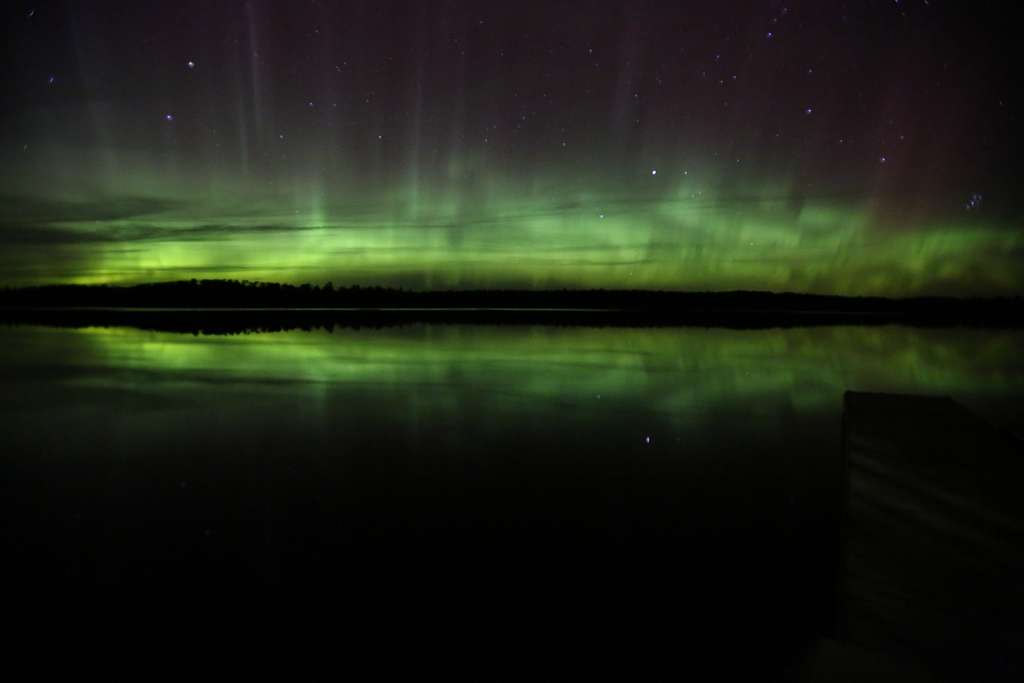
Covering 218,000 acres along the Canadian border, Voyageurs National Park offers a uniquely northern stargazing experience centered around its numerous lakes and waterways. The park’s remote location and efforts to minimize artificial lighting have preserved excellent dark sky conditions.
What sets Voyageurs apart is the opportunity to view stars and their reflections from the surface of its many lakes, creating mirror images of the cosmos. The park also offers some of the best opportunities in the contiguous United States to view the Northern Lights, particularly during fall and winter.
The park’s camping is primarily focused on remote, boat-in sites on islands and peninsulas, offering unmatched seclusion for stargazing. These sites require planning but reward visitors with pristine dark skies uninterrupted by neighboring campers or artificial light. Summer offers comfortable camping conditions and the magical experience of late northern twilights transitioning to star-filled skies.





